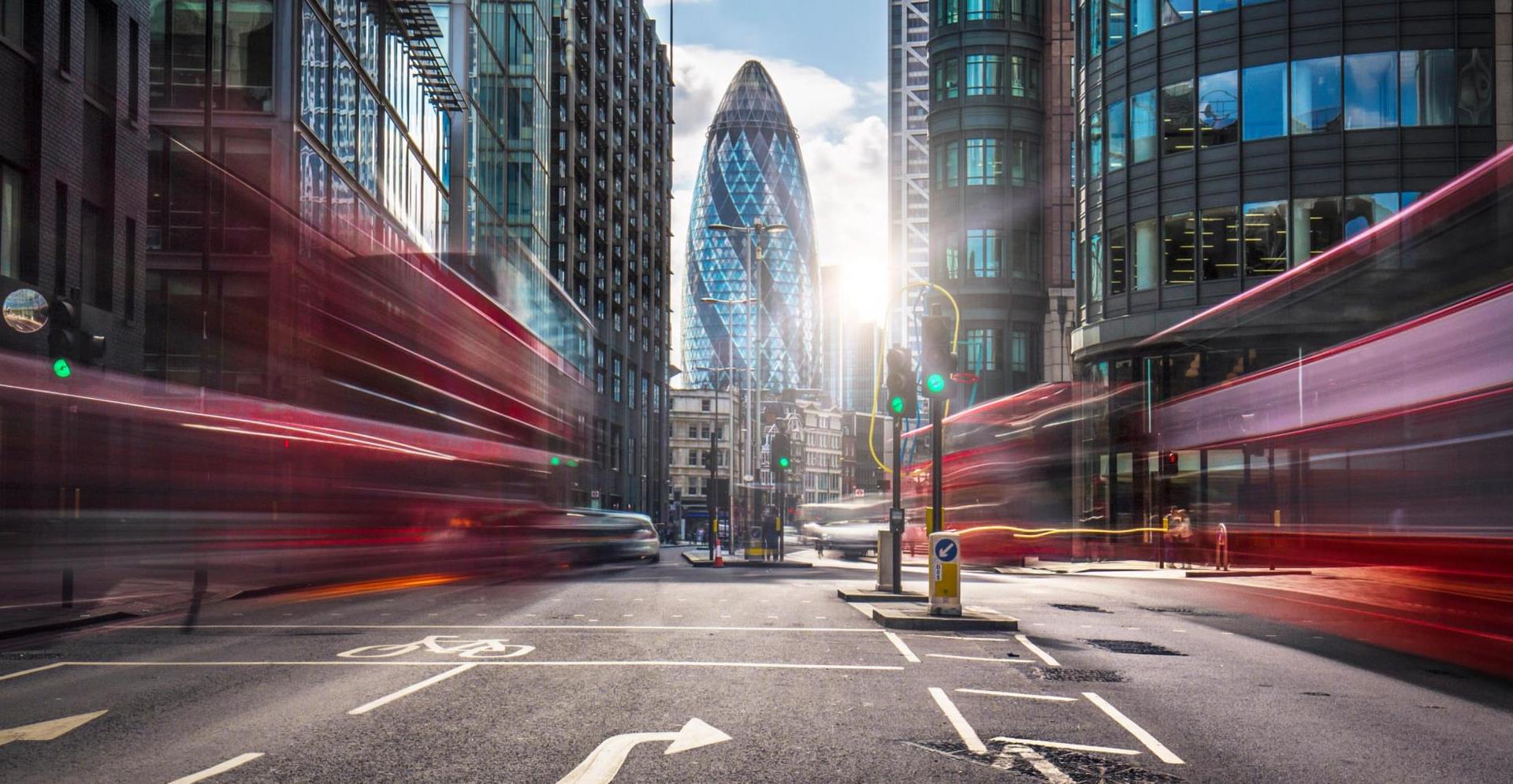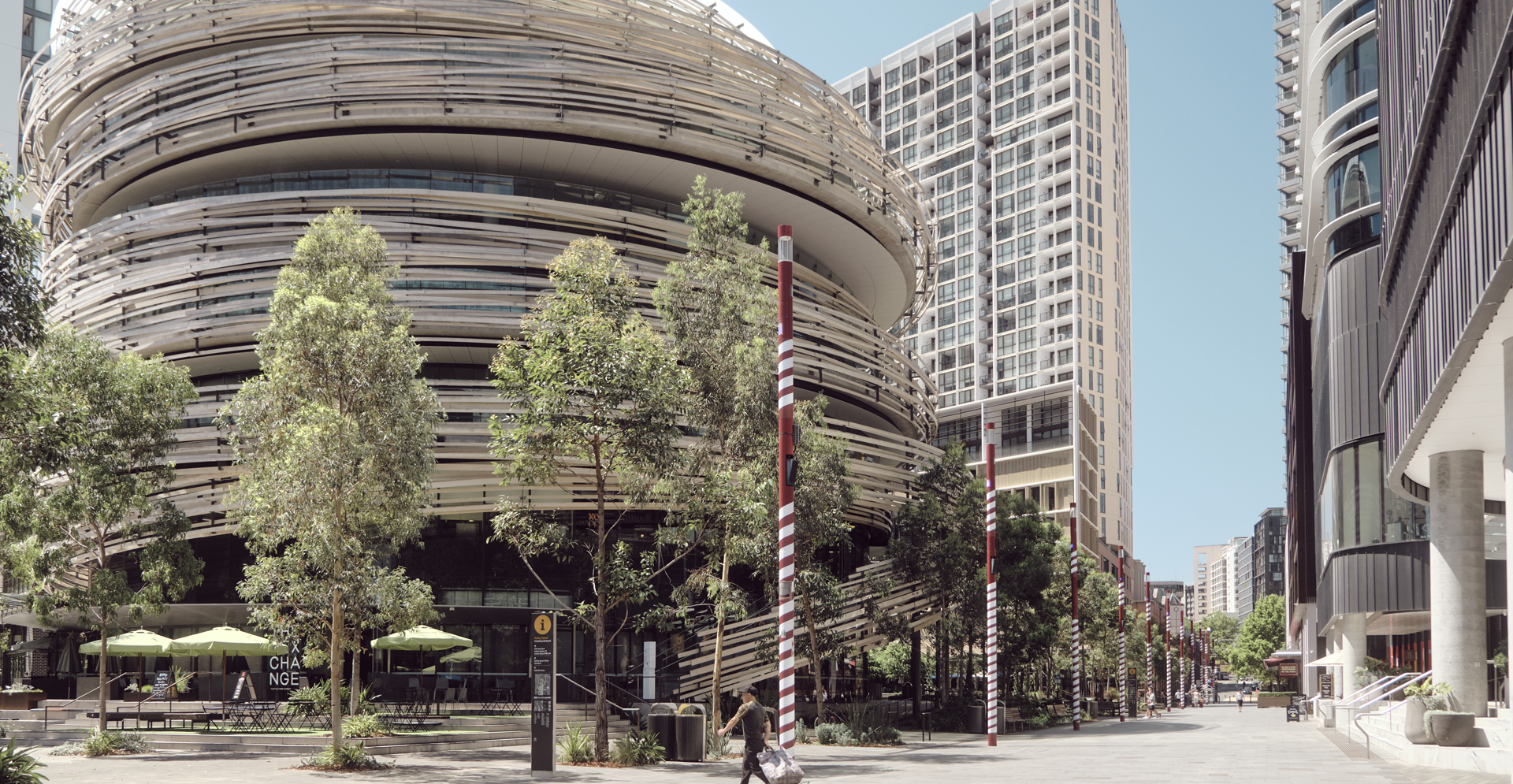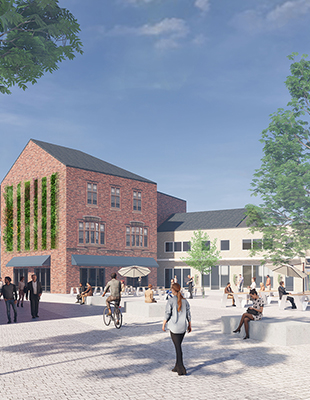Table of Contents
The challenge
To transform and revitalise neighbourhoods into healthier, happier and fairer places to live, so everyone can enjoy their local area.
20
Like many cities around the world, the climate emergency and the Covid-19 pandemic have created a need to rebalance the places where we live and work to put more emphasis on the needs and aspirations of residents. Following the Scottish Government’s commitment to deliver a net zero society, and the emphasis on the 20 minute neighbourhood within the National Planning Framework 4, Glasgow City Council has established the Connecting Communities Programme to deliver Liveable Neighbourhoods (LN) in six tranches.
The team, led by Arcadis, worked on two inner city LN areas to deliver strategic frameworks and concept design schemes for selected projects, supported by business cases. We set out a vision for how they could look, and how this would bring maximum benefit for all residents.
The solution
We actively engaged community and stakeholders to identify issues and opportunities and to shape project proposals for neighbourhoods in Glasgow.
100+
The Place Standard tool and four key themes in the Glasgow LN toolkit (comprising ‘local town centres’;‘streets for people’; ‘active travel’; and ‘everyday journeys’) are the guiding criteria for the project. Our multidisciplinary team identified five sub neighbourhoods in each LN area and held community engagement workshops, supported by digital engagement methods, that encouraged a co-design approach to identify issues and opportunities and shape design proposals.
Through this exercise, a long list of opportunities were identified which culminated in a range of priority projects that support the creation of communities which are connected, accessible and well serviced. The team then devised strategic masterplans for each LN area, comprising 20 to 25 project proposals which were carefully selected based on their potential to maximise benefits, and capacity to deliver the overarching climate agendas of local and national government. We also drew upon lessons learned and success stories from similar projects all over the world.
-
READ MORE
Our top priority was ensuring that the proposals and designs would really work for the people living in these areas, particularly the most deprived or vulnerable. Many of the project proposals that emerged are highly focused on sustainability and urban resilience, including:
- introduction of interconnected active travel routes on high streets and wider city networks (segregated and shared bi-directional routes), through the city parks and open spaces
- gradual reduction of road speeds and redesign of junctions to create new civic spaces and continuous footways on side-street junctions, with places for rest
- reinstating railway stations
- creating well-equipped play spaces, allotments, and multifunctional civic spaces through tactical urbanism measures and by supporting local art projects
- improved public realm, through tree lined avenues with wildflower meadows as pollinators for biodiverse habitats and rain gardens and permeable open spaces as part of sustainable drainage systems
- strengthening local centres and shopping streets with core amenities and facilities and meanwhile uses
- child friendly low traffic neighbourhoods, one-way streets, traffic calming measures and safe walking and cycling routes for children to schools, including transforming bridges across the railway line as green bridges with safe active routes to schools.
Fourteen project proposals were taken forward as nine schemes, based on their potential to deliver the most environmental, social and economic benefits. Sustainability is a cornerstone at all stages of design. In our concept designs, we paid close attention to identifying opportunities to reuse and adapt the existing urban fabric, focusing on modular design, nature-based solutions, and waste reduction with potential for circularity of materials.

The impact
Accessible and people-centric communities with less car dependency, making walking, cycling and public transport the first choice to improve lives, reduce carbon footprint and create a more equitable society.
46
These strategic masterplans and concept design schemes are about comprehensive, aspirational but deliverable urban regeneration, and benefit the entire community, particularly those who need it most. A key concept running through the Liveable Neighbourhoods programme is the 20-minute community – which is compact and connected and can meet the majority of the daily needs of local people within a reasonable walk, wheel or cycle (within approx. 800m) of their home. It means that reliance on cars reduces, and streets become safer, quieter and more pleasant places to be. The benefits to people and the environment are clear: fewer cars on the road and better access to employment, schools and services.
Managing change on such a large-scale means managing its pace. The phased approach to achieving such a transformation means that benefits will be felt immediately, both to reassure residents, and to gain time to properly assess the effectiveness of various initiatives before full implementation. It also makes room for involving the community in a more meaningful and consistent way, and has captured their aspirations for functional, beautiful, and accessible spaces.
Not done reading?
This also might be interesting for you
- Related Projects
- Related Insights
- Related Blogs










